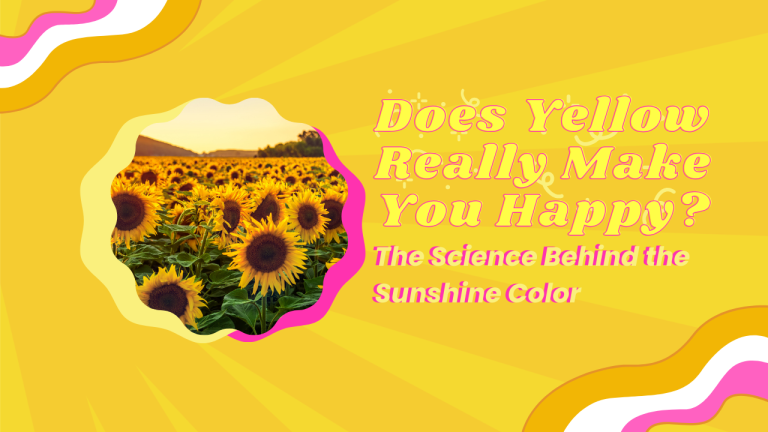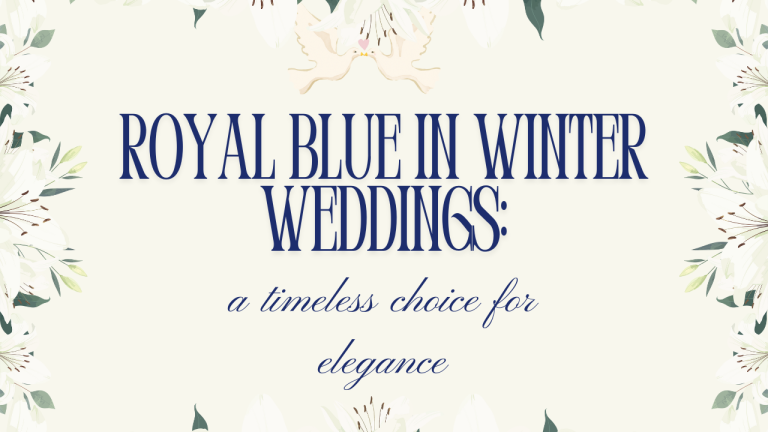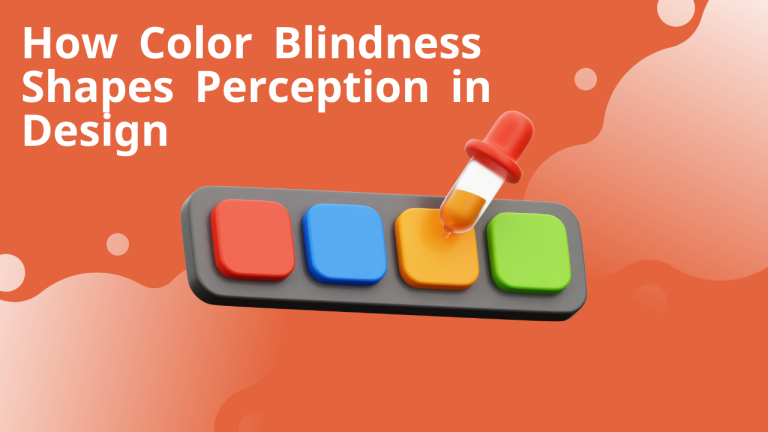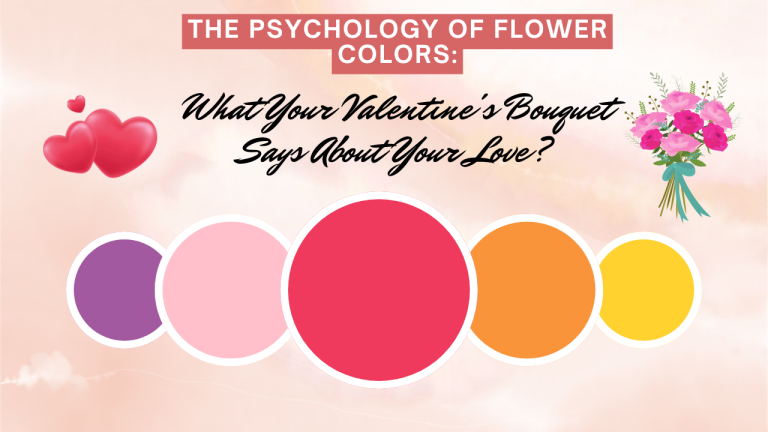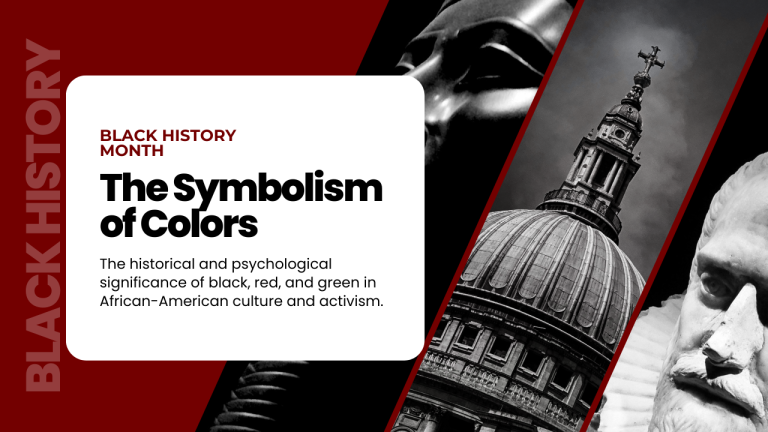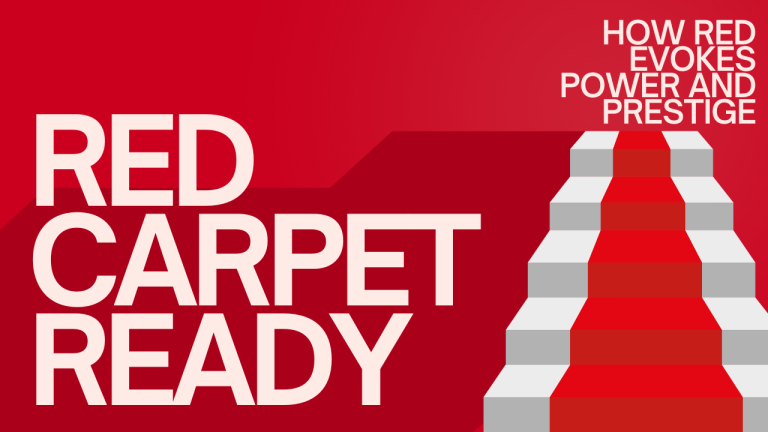The vibrant colors of purple, green, and gold are now closely associated with Mardi Gras celebrations around the globe, but they symbolize much more than just festive decorations. Their deep-rooted significance dates back to 1872 when the Rex Organization, one of the leading Carnival krewes in New Orleans, first brought them into the celebration. The choice of these particular colors was intentional and meaningful—each hue embodies cultural, spiritual, and psychological values that resonate with the essence of Mardi Gras traditions.
The official introduction of this iconic color scheme occurred during the inaugural Rex parade when the “King of Carnival” declared that these colors would be featured in the festivities. This proclamation changed the visual identity of Mardi Gras and established a tradition that still shapes celebrations worldwide. Grasping the significance of each color offers a deeper understanding of the festival’s rich cultural heritage and its lasting importance in contemporary celebrations.
Purple: Justice and Nobility
Purple, a color long linked to royalty and nobility, symbolizes justice in the Mardi Gras tradition. This association with the elite is not by chance—the purple dye was incredibly costly to produce for centuries, making it a luxury reserved for the wealthy and influential. The labor-intensive process of extracting purple dye from the Murex snail was so demanding that, in ancient Rome, laws restricted purple clothing to senators and emperors.
Royal Purple
In the context of Mardi Gras, purple signifies more than just social status; it represents the ideals of justice and fair governance. This meaning is especially pertinent considering the carnival’s historical function as a period when social hierarchies were momentarily set aside, enabling individuals from all classes to join in the celebrations as equals. The color acts as a reminder that justice should overlook social status and wealth, even as the festivities humorously poke fun at these very differences.
Green: Faith and Growth
Green, a color that embodies growth, renewal, and the essence of nature, symbolizes faith within the Mardi Gras tradition. This association is rooted in various cultural and religious influences, particularly the strong impact of the Catholic faith on carnival festivities. Green signifies the hope and rejuvenation linked to spring, aligning seamlessly with the timing of Mardi Gras just before the Christian season of Lent.
Carnival Green
The use of green symbolizes the agricultural cycles and the natural renewal that have historically signified the shift from winter to spring in various cultures. This idea of growth and renewal aligns closely with the carnival’s themes of transformation and rebirth. As nature stirs from its winter slumber, the green of Mardi Gras honors the perpetual cycle of death and renewal, a concept that is fundamental to many carnival traditions around the globe.
Gold: Power and Prosperity
Gold in the Mardi Gras color scheme signifies power and prosperity, but its meaning goes beyond just material wealth. The vibrant metallic hue evokes the sun, a universal symbol of life-giving energy and divine authority in various cultures. During Carnival celebrations, gold embodies not only financial wealth but also the wider idea of prosperity in all its aspects—encompassing wisdom, happiness, and the richness of the community.
Mardi Gras Gold
The tradition of tossing golden coins (doubloons) and other gold-colored trinkets during Mardi Gras parades highlights the idea of shared prosperity. Although these throws may not hold much monetary value, they symbolize the abundance and generosity that define the celebration. By sharing these golden tokens, a bond is formed between those in the parade and the spectators, capturing the essence of communal celebration that the carnival represents.
Psychological Impact and Modern Significance
The psychological impact of these colors is essential in shaping the unique atmosphere of the festival. Purple, linked to creativity and mystery, helps create the transformative essence of the carnival. Green offers calming and refreshing qualities that balance the excitement of the festivities, while gold brings warmth and brilliance, fostering feelings of optimism and joy.
In contemporary celebrations, these colors manifest in countless variations and combinations, ranging from traditional decorations and costumes to modern art installations and digital displays. Their application goes beyond tradition, acting as a unifying force that connects various carnival celebrations around the globe. The colors have become so intertwined with Mardi Gras that their mere presence can evoke the spirit of the celebration, even in places far from New Orleans.
Cultural Evolution and Global Influence
The impact of these Mardi Gras colors has spread well beyond their initial purpose, inspiring artists, designers, and cultural festivities globally. Their combination has become a well-known symbol of joy and celebration, especially in areas with rich carnival traditions. These colors have also made their mark on fashion, interior design, and popular culture, showing up in everything from party decorations to permanent art pieces.
The lasting charm of these colors is partly due to their adaptability and symbolic richness. Whether used in traditional ways or reimagined in modern settings, purple, green, and gold continue to represent the fundamental values of justice, faith, and power that they were originally meant to embody. Their importance has evolved with the celebration itself, adjusting to the times while still holding onto their core meaning.
Color Harmony & Usage Guide
Primary Color Combinations
Traditional Mardi Gras colors symbolize Justice (Purple), Faith (Green), and Power (Gold). Use these as your dominant colors for authentic carnival aesthetics.
Accent Implementation
Silver and black accents add sophistication and depth. Use metallic tones for decorative elements and black for contrast and grounding.
Practical Application
✨ Use darker shades for backgrounds and lighter tones for highlights
🎭 Maintain 60-30-10 color distribution rule
🎪 Layer metallic accents sparingly for maximum impact
🎨 Consider accessibility in digital applications
⚜️ Pair with neutral tones for modern applications
🎊 Use black strategically for definition and contrast
Conclusion
When you find yourself swept up in the excitement of a Carnival celebration, take a moment to appreciate the vibrant sea of purple, green, and gold all around you. In the beads hanging from iron balconies, the glimmer of masks in the evening glow, and the fluttering flags above, there’s more than just festive decor. You’ll witness a narrative of justice that transcends borders, a faith that unites communities, and a sense of prosperity that stems not from what we possess, but from what we generously share with one another.
